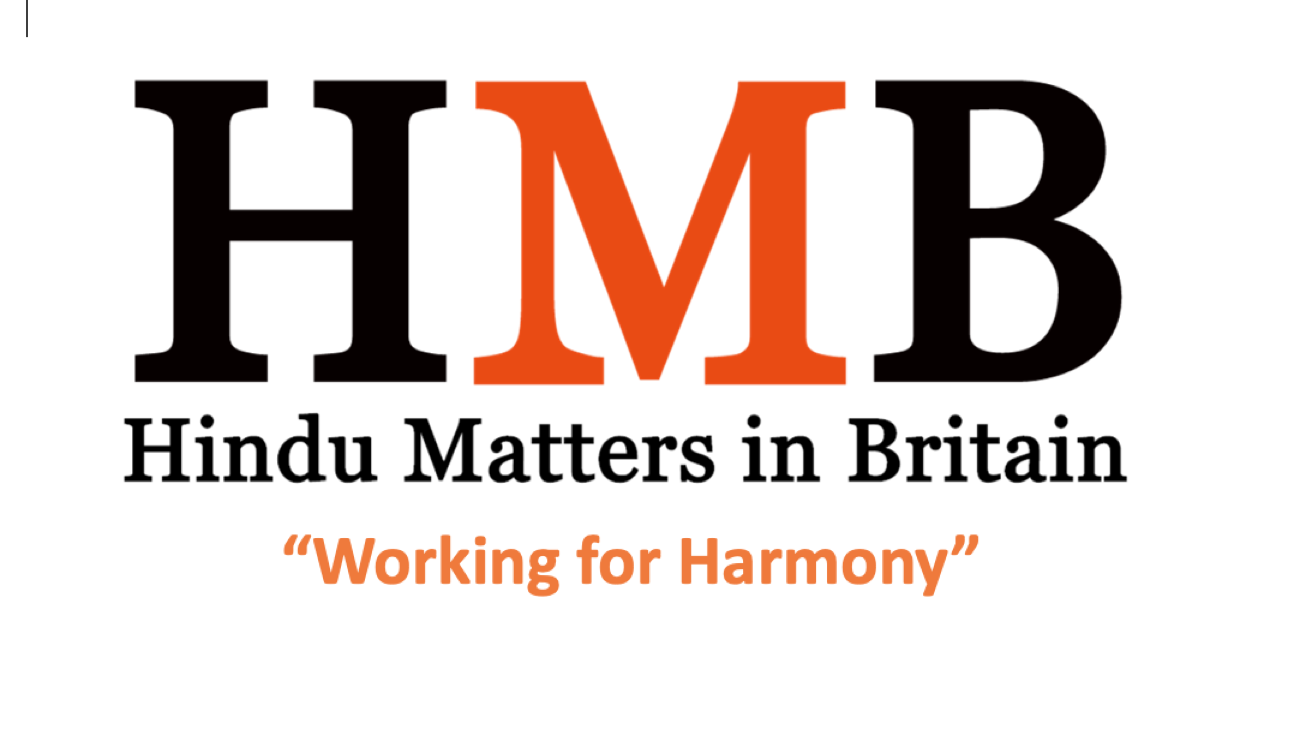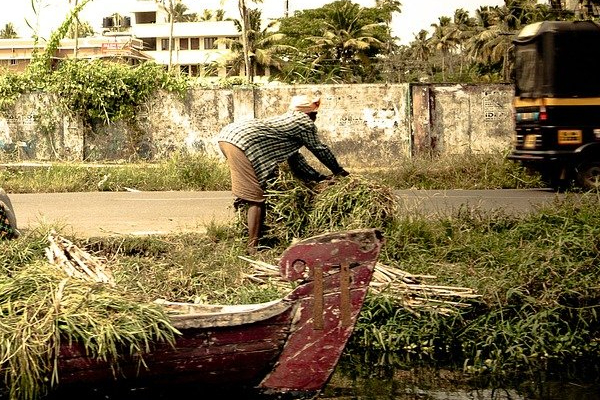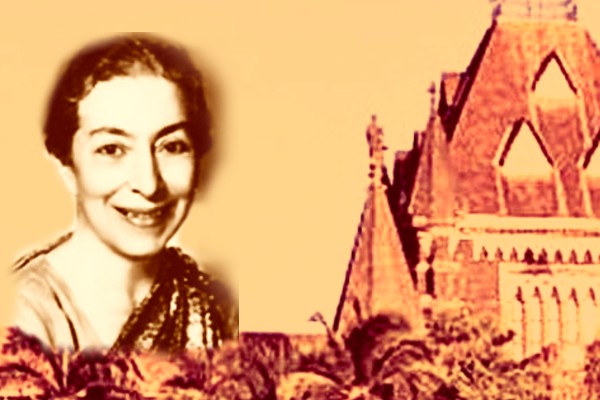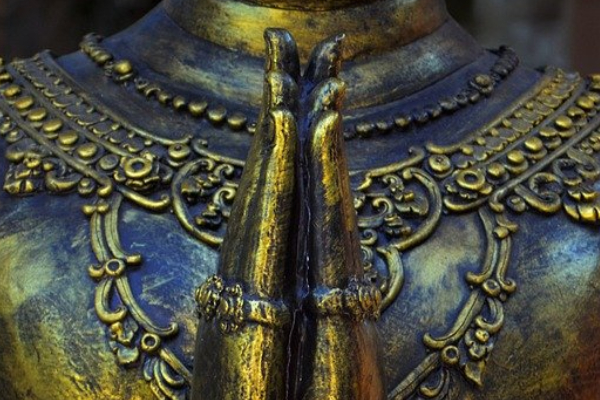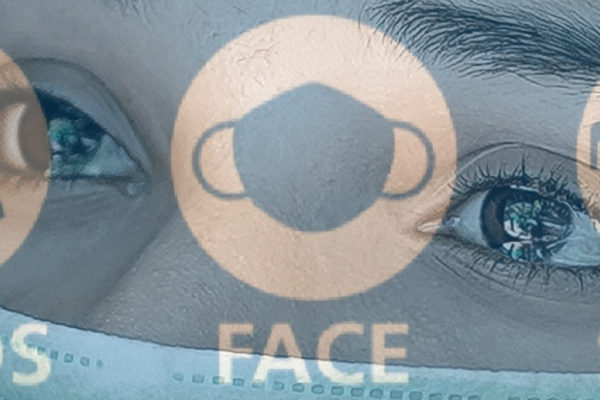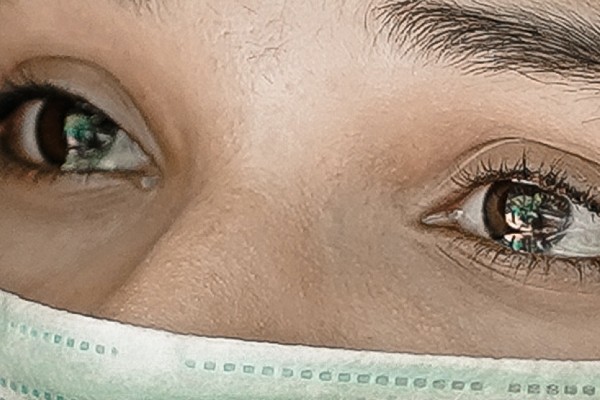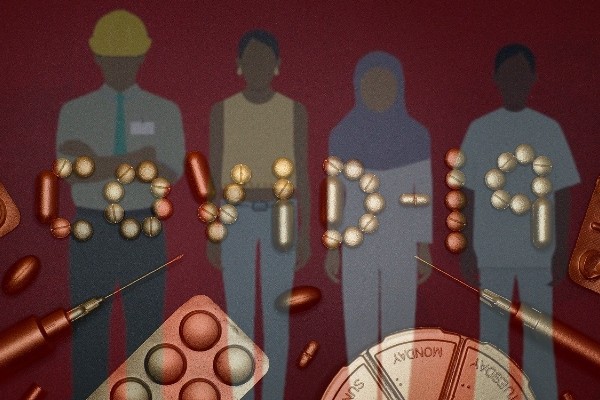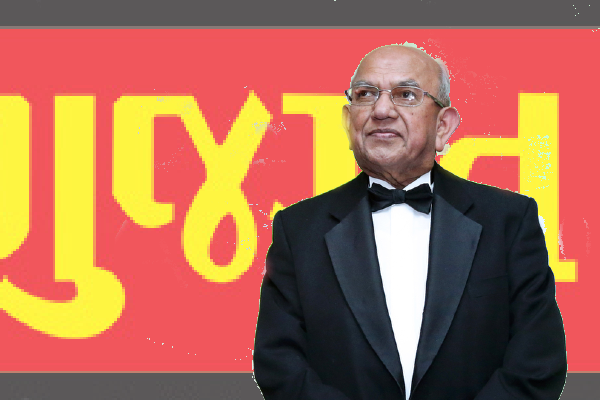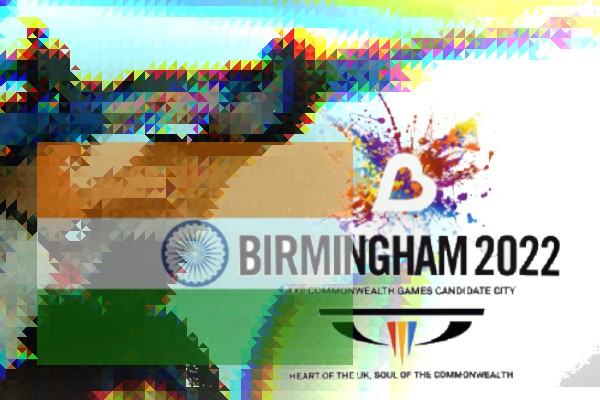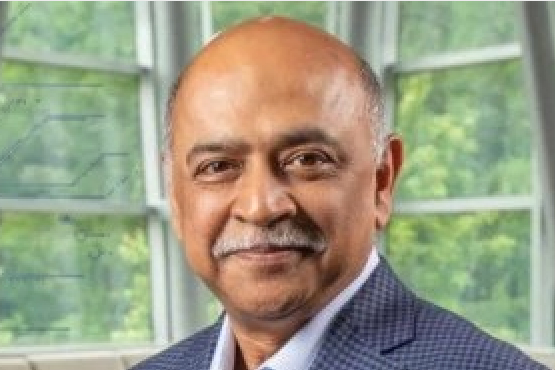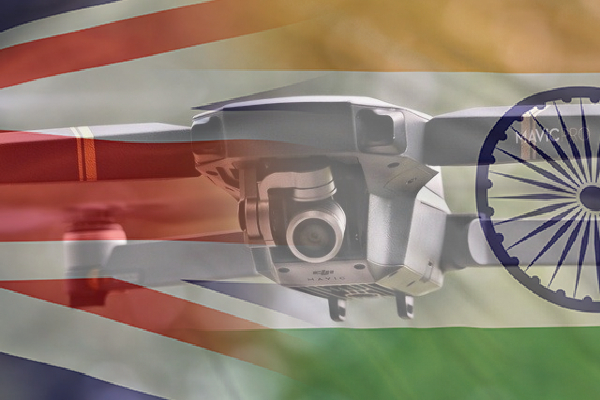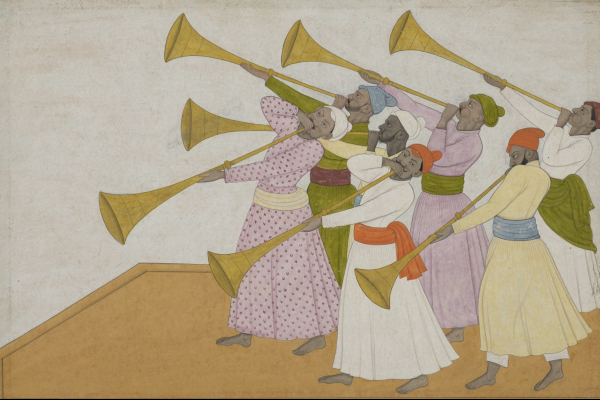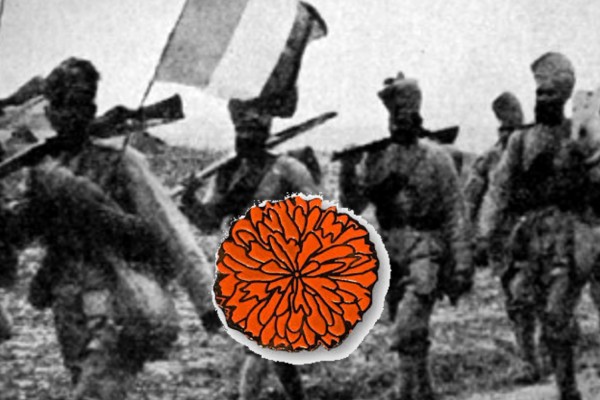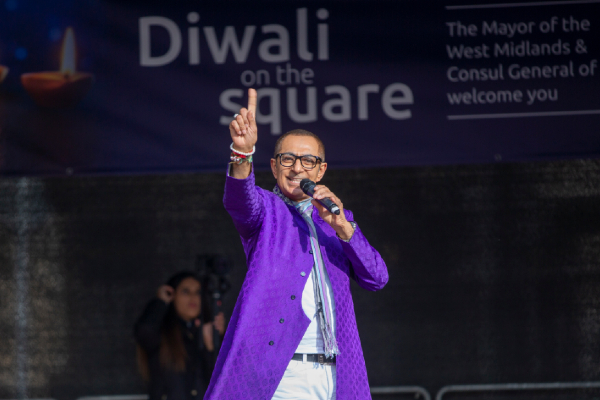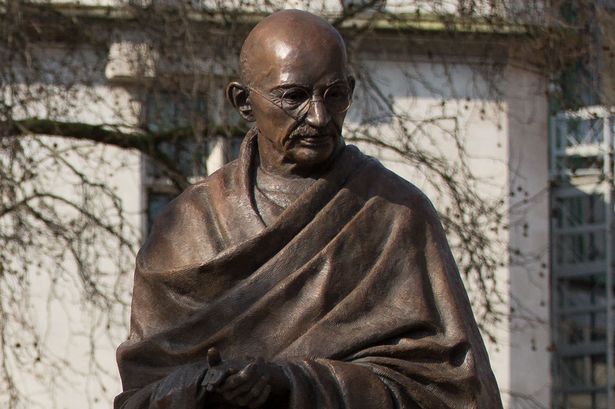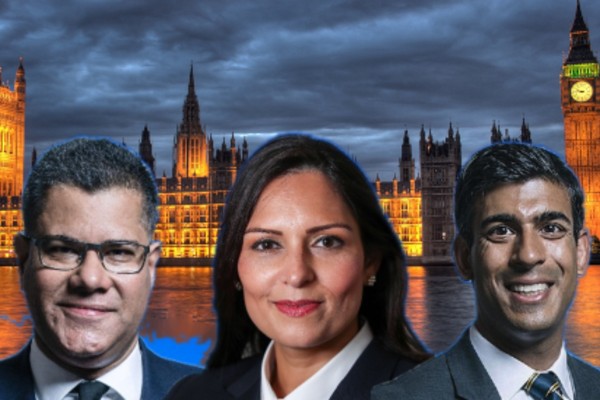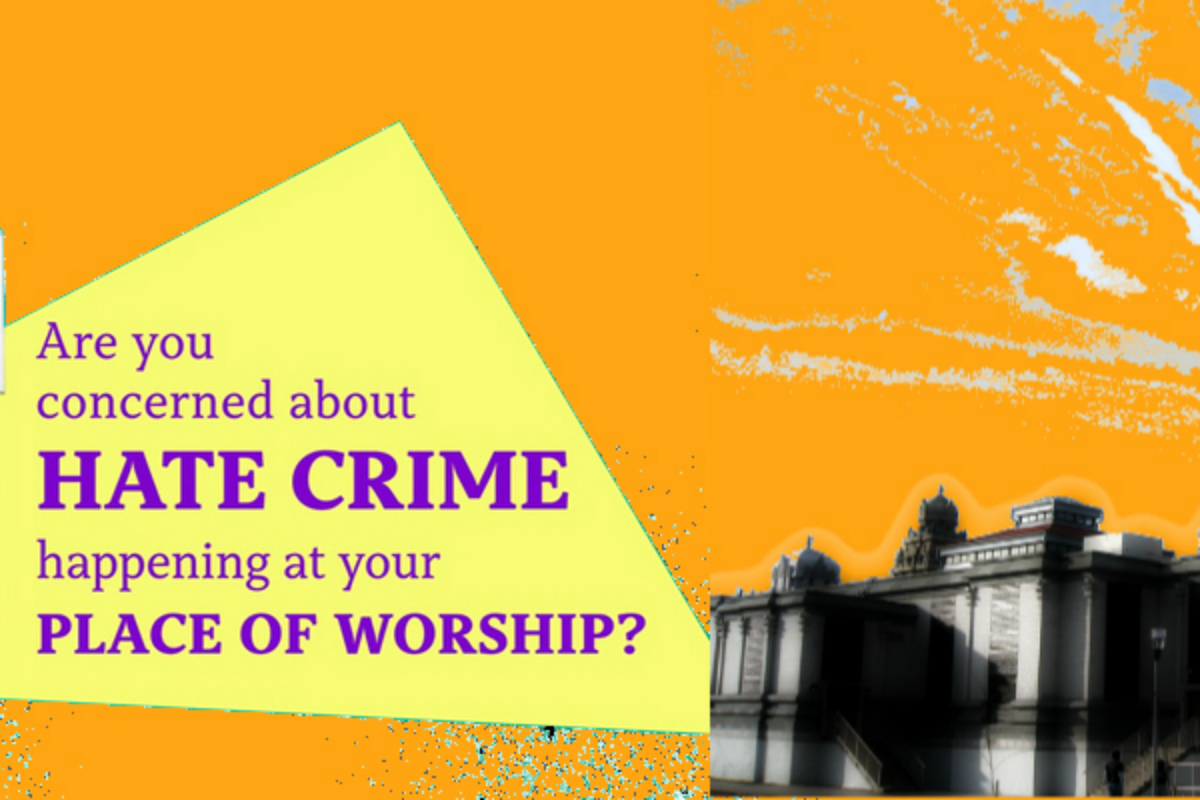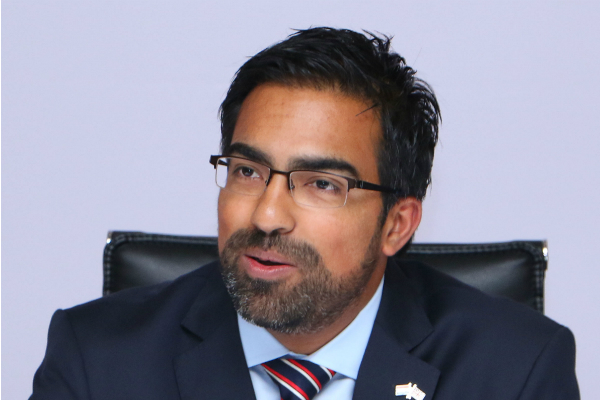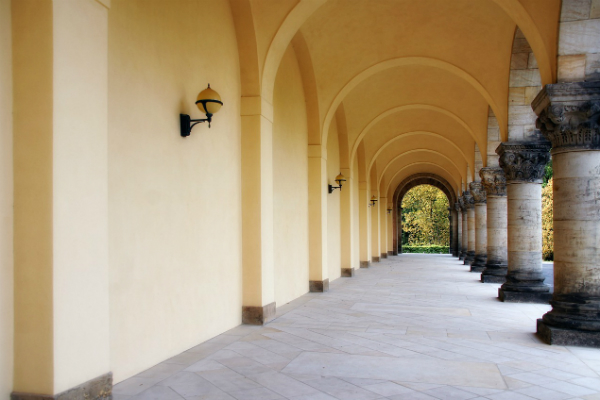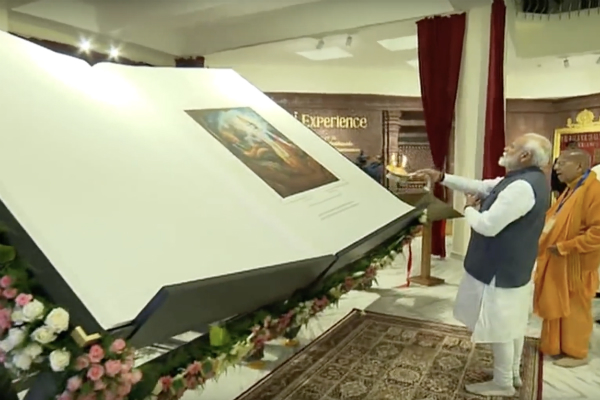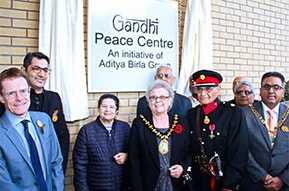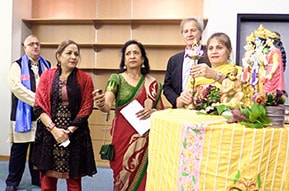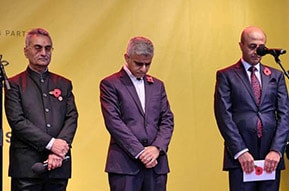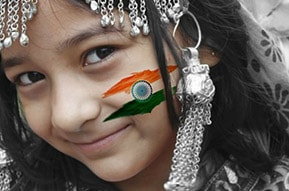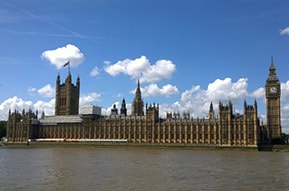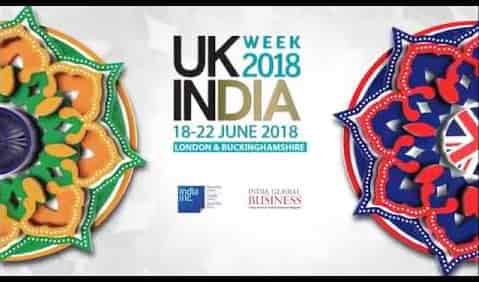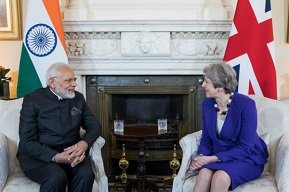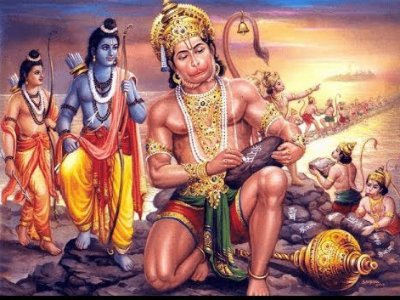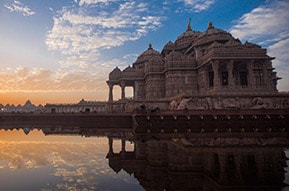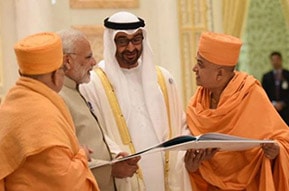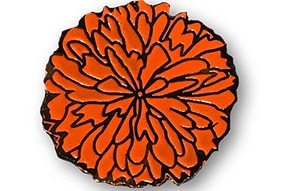Minority MPs
According to the House of Commons Library Data, there are 27 ethnic minority MPs which is equivalent to 4.2% of the total. In more than a decade, the number of ethnic minority MPs have increased from 15 to 27, but they are still disproportionately low compared to the general population. The UK ethnic population from the 2011 Census is 12.9%. If the non-white population were represented proportionally in the House of Commons, there would be around 84 minority ethnic MPs.
A note of caution does need to be attached to this data as ethnicity is difficult to define, it is a sensitive issue and the data relies on self-definition. It is therefore subject to estimations at any given time.
Ethnic Minority Population in the UK (Sources 2011 Census, ONS, NISRA, GROS)
Country White % Ethnic %
England 85.3 14.7
Wales 95.5 4.5
Scotland 95.9 4.1
Northern Ireland 98.2 1.8
UK Total 87.1 12.9
The first Indian MP was Dadabhai Naoroji, who was elected Liberal MP for Finsbury Central from 1892 to 1895. Naoroji was born in western India and was a critic of British rule in India. Prominent pro-British Indians retaliated by putting up their own candidate, Mancherjee Bhownaggree (later Sir Mancherjee) who represented Bethnal Green North-East from 1895 to 1905 for the Conservative Party. The third Indian born MP was Shapurji Saklavala who represented Battersea North for Labour from 1922 to 1923 and as a community from 1924 to 1929. These there MPs were all of Zoroastrian origin.
After 1945, the first ethnic minority MP was Diane Abbott who was elected in 1987 (Hackney North & Stoke Newington) followed by Paul Boateng (Brent South), Bernie Grant (Tottenham) and Keith Vaz (Leicester East) who has now become the longest serving ethnic MP.
Ethnic Minority MPS according to their political affiliation (as elected at General Election):
|
|
Labour |
Conservative |
Lib-Dem |
Other |
Total |
|
1987
|
4 |
0 |
0 |
0 |
4 |
|
1992
|
5 |
1 |
0 |
0 |
6 |
|
1997
|
9 |
0 |
0 |
0 |
9 |
|
2001
|
12 |
0 |
0 |
0 |
12 |
|
2005
|
13 |
2 |
0 |
0 |
15 |
|
2010
|
15 |
11 |
0 |
0 |
27 |
Of the 27 ethnic MPs, 5 are of Hindu origin including two women. They are:
|
Seema Malhotra |
Feltham & Heston |
Labour |
|
Alok Sharma |
Reading West |
Conservative |
|
Pritt Patel |
Witham |
Conservative |
|
Virendra Sharma |
Ealing Southall |
Labour |
|
Shailesh Vara |
North West Cambridgeshire |
Conservative |
Other ethnic MPs
|
Diane Abbott |
Hackney North & Stoke Newington |
Labour |
|
Adam Afriyie |
Windsor |
Conservative |
|
Rushanara Ali |
Bethnal Green & Bow |
Labour |
|
Rehman Chishti |
Gillingham & Rainham |
Conservative |
|
Helen Grant |
Maidstone |
Conservative |
|
Sam Gyimah |
East Surrey |
Conservative |
|
Mark Hendrick |
Preston |
Labour |
|
Sajid Javid |
Bromsgrove |
Conservative |
|
Sadiq Khan |
Tooting |
Labour |
|
Kwasi Kwarteng |
Spelthorne |
Conservative |
|
David Lammy |
Tottenham |
Labour |
|
12 Mahmood Khalid |
Birmingham, Perry Barr |
Labour |
|
Shabana Mahmood |
Birmingham Ladywood |
Labour |
|
Lisa Nandy |
Wigan |
Labour |
|
Chi Onwurah |
Newcastle Central |
Labour |
|
Yasmin Qureshi |
Bolton |
Labour |
|
Anas Sarwar |
Glasgow Central |
Labour |
|
Chuka Ummuna |
Streatham |
Labour |
|
Paul Uppal |
Wolverhampton SW |
Conservative |
|
Keith Vaz |
Leicester East |
Labour |
|
Valerie Vaz |
Walsall |
Labour |
|
Nadim Zahawi |
Stratford upon Avon |
Conservative |
Ethnic Minority women in Parliament
Prior to 2010, there had only ever been two black female MPs and no Asians women. The 2010 General Election saw 7 female MPs including the first Asian female MPs. The current total stands at 10.
2.3 The House of Lords
The first Indian peer and probably the first non-white peer, was Sir Satyendra Sinha, created Baron Sinha of Raipur, an hereditary peerage, in 1919.[i] The first peer of African descent is widely reported to have been the Trinidadian cricketer and lawyer Learie Constantine, created Baron Constantine of Maraval and Nelson in 1969.
Based on information from various unofficial sources, including Operation Black Vote, there are currently 44 minority ethnic members of the House of Lords, 5.4% of the total membership of 801 peers.[ii]
Ethnic minority Members of the House of Lords by gender and party/group
01 October 2013
|
Conservative |
3 |
3 |
6 |
|
Labour |
3 |
8 |
11 |
|
Liberal Democrat |
4 |
4 |
8 |
|
Independent |
1 |
5 |
6 |
|
Crossbench |
4 |
8 |
12 |
|
Bishops |
|
1 |
1 |
|
All |
15 |
29 |
44 |
Ethnic minority Members of the House of Lords, October 2013
|
Peer |
Party |
|
1 Lord Adebowal |
Crossbench |
|
2 Baroness Afshar |
Crossbench |
|
3 Lord Ahmad of Wimbledon |
Conservative |
|
4 Lord Ahmed |
Independent |
|
5 Lord Alli |
Labour |
|
6 Baroness Benjamin |
Lib Dem |
|
7 Lord Bhatia |
Independent |
|
8 Lord Bhattacharyya |
Labour |
|
9 Lord Bilimoria |
Crossbench |
|
10 Lord Darzi of Denham |
Labour |
|
11 Lord Desai |
Labour |
|
12 Lord Dholakia |
Lib Dem |
|
13 Baroness Falkner of Margravine |
Lib Dem |
|
14 Baroness Flather |
Crossbench |
|
15 Lord Hameed |
Crossbench |
|
16 Lord Hastings of Scarisbrick |
Crossbench |
|
17 Baroness Howells of St Davids |
Labour |
|
18 Baroness Hussein-Ece |
Lib Dem |
|
19 Lord Hussain |
Lib Dem |
|
20 Baroness Lawrence of Clarendon |
Labour |
|
21 Lord Loomba |
Lib Dem |
|
22 Baroness Manzoor |
Lib Dem |
|
23 Lord Kakkar |
Crossbench |
|
24 Lord Morris of Handsworth |
Labour |
|
25 Lord Ouseley |
Crossbench |
|
26 Lord Parekh |
Labour |
|
27 Lord Patel |
Crossbench |
|
28 Lord Patel of Blackburn |
Labour |
|
29 Lord Patel of Bradford |
Labour |
|
30 Lord Paul |
Independent |
|
31 Lord Popat |
Conservative |
|
32 Baroness Prashar |
Crossbench |
|
33 Lord Rana |
Crossbench |
|
34 Baroness Scotland of Asthal |
Labour |
|
35 Lord Sheikh |
Conservative |
|
36 Lord Singh |
Independent |
|
37 Lord Taylor of Warwick |
Independent |
|
38 Baroness Uddin |
Independent |
|
39 Lord Verjee |
Lib Dem |
|
40 Baroness Verma |
Conservative |
|
41 Baroness Warsi |
Conservative |
|
42 Lord Wei |
Conservative |
|
43 York, Archbishop (John Sentamu) |
Bishops |
|
44 Baroness Young of Hornsey |
Crossbench |
2.4 International comparisons
In 2012, 1.5% of members of the French National Assembly were from an ethnic minority, compared with an estimated 12.6% of the general population[iii]. The latest figures for Germany in 2007 were 1.3% of members of the lower house representing 4.8% of the general population, and for the Netherlands 8% and 10.9%.13
In the 112th US Congress (2011-2012) of 435 members of the House of Representatives, 82 (6%) were minority ethnic as were 4 (4%) of the 100 Senate members.[iv] The 2010 US Census found for people reporting one race alone, 75 percent was white (3 percent reported more than one race).[v]
3 The Government and Cabinet
The first minority ethnic minister was probably Baron Sinha, who, after being the first Indian to serve in the Indian government and the first Indian to take silk and become a QC, was made Parliamentary Under-Secretary of State for India in the House of Lords in 1919. The first black government minister was Paul Boateng, who went on to be the first black Cabinet Minister when he was appointed Chief Secretary to the Treasury in 2002. In 2010 he was appointed to the House of Lords.
There are presently three Ministers in the Cabinet from ethnic minorities; Shailesh Vara, Sajid Javid and Baroness Verma.
4 Scottish Parliament and Welsh Assembly
Two of the Scottish Parliament’s 129 members (1.6%) elected in 2011 are minority ethnic, Humza Yousaf (SNP) and Hanzala Malik (Labour), both of whom were elected from the Regional List for Glasgow.
The number of minority ethnic Members of the National Assembly for Wales went from one to two following the 2011 elections. Vaughan Gething (Labour) joined Mohammad Asghar (Conservative) who had previously been elected for Plaid Cymru in 2007. Together they are
3.3% of the Assembly’s 60 AMs.
5 Local Councils and the London Assembly
The 2010 census of local councillors in England showed that 4% came from an ethnic minority background and 96% were white.[vi] The highest representation for ethnic minorities was in London, with 15% of councillors being non-white. In Wales it was reported in 2004 that 99.2% of councillors were white and 0.8% had an ethnic minority background.[vii] For Scotland the percentage of non-white councillors was similar to that of its population at 3.4%[viii].
Just over 30% of councillors in England are women, but minority ethnic women are particularly under-represented. The 2010 census of councillors found around 2% of women councillors were non-white, this is around half the 4% rate for men.
Of the 25 members of the Greater London Assembly, there are five ethnic minority members (Jennette Arnold, James Cleverly, Murad Qureshi and Navin Shah, Onkar Sahota).
6 Civil Service
9.6% of civil servants in GB are from an ethnic minority[ix], but this proportion is strongly related to grade – for the senior civil service the proportion is 5.0%.[x]
7 Other public sector organisations
7.1 Police
There were 6,537 FTE minority ethnic officers in the 43 English and Welsh police forces as at March 2013, 5.0% of total strength. The forces with the highest representation are the Metropolitan Police, with 10.5% minority ethnic officers, the West Midlands (8.3%), British Transport Police (7.5) and Leicestershire (7.1%).[xi]
Despite the improvement in their overall representation in the ranks of the police, minority ethnic officers remain under-represented in the highest ranks, with only 3.3% of officers at Chief Inspector or above being from an ethnic minority, compared with 5.2% of Constables, the lowest rank.
7.2 Judicial Statistics
The 2013 figures from the Judiciary of England and Wales show that 4.8% of the total judicial workforce are of ethnic minority backgrounds; however the figures differ between grades. The most ethnic diverse grade at 7.6% of the workforce is Deputy District Judges for Magistrate Courts. Some less diverse judicial workforces such as Masters, Registrars and District judges have a 0% BME population[xii].
7.3 Teachers
In November 2012, only 6.6% of all teachers in publically funded schools in England were from non-white ethnic groups, up from 6.2% in 2010[xiii]. The equivalent figure for headteachers is 6.6 %, up from 2.3% in 2010.[xiv]
7.4 Armed forces
7.1% of the total service men and women in the regular forces are from ethnic minority backgrounds. However, only 2.4% of the officer ranks come from ethnic minorities, compared to 8.1% of other ranks.25
7.5[xv] National Health Service
The latest figures from the NHS staff census show that 41% of hospital and community service doctors are from ethnic minorities, although the proportion falls to 31% for the highest staff grade of consultant. Likewise 20% of all qualified nursing, midwifery and health visiting staff are from ethnic minorities, but only 6% of nurse consultants and 7% of matrons are from ethnic minorities.[xvi]
7.6 National Fire and Rescue Service
Operational figures from the fire and rescue authorities in England show that in 2012, the proportion of ethnic minority staff was 3.8%; up from 3.2% in 2007. The total number of uniformed staff from ethnic minority backgrounds had increased from 1,200 in 2007, to 1,400 in 2012[xvii].
7.7 Ministerial Appointments
Statistics by the Commissioner for Public Appointments show that in 2012/13 5.5% of appointments were given to those from ethnic minority background. This figure has decreased from the previous year of 2011/12 where 7.2% of appointments were given to people from an ethnic minority[xviii].
Ethnic Minorities in Politics, Government and Public Life
Standard Note: SN/SG/1156
Last updated: 16 October 2013
Author: John Wood & Richard Cracknell
Section Social and General Statistics Section
[i] Columbia Encyclopedia, 6th edition, Columbia University Press, 2008
[ii] Total includes peers on leave of absence, disqualified as senior members of the judiciary or as an MEP.
[iii] ‘Record number of women and minorities in new French Parliament’, France 24, June 2012 13 ‘Must the rainbow turn monochrome in parliament?’, Economist, 25 October 2007
[iv] Congressional Research Service Membership of the 112th Congress: A Profile (21 June 2011)
[v] http://factfinder2.census.gov
[vi] National Census of Local Authority Councillors 2010 Local Government Association
[vii] National Census of Local Authority Councillors 2004, Welsh Local Government Association
[viii] Improvement Service, Scotland’s Councillors 2013
[ix] For employees with a known ethnicity
[x] Civil Service statistics 2013
[xi] Home Office Statistical Bulletin 3/13, Police Service Strength England and Wales, July 2013
[xii] Diversity Statistics; Judiciary of England and Wales, October 2013
[xiii] DfE School Workforce in England Nov 2010 (Provisional)
[xiv] DfE School Workforce In England Nov 2013
[xv] Figures relate to UK Armed Forces Annual Personnel Report, May 2013
[xvi] NHS Information Centre workforce statistics as at September 2010: http://www.ic.nhs.uk/statistics-and-datacollections/workforce/nhs-staff-numbers
[xvii] Operational Statistics for Fire and Rescue Services in England, 2012
[xviii] Commissioner for Public Appointments: Annual survey of ministerial Appointments and Reappointments
